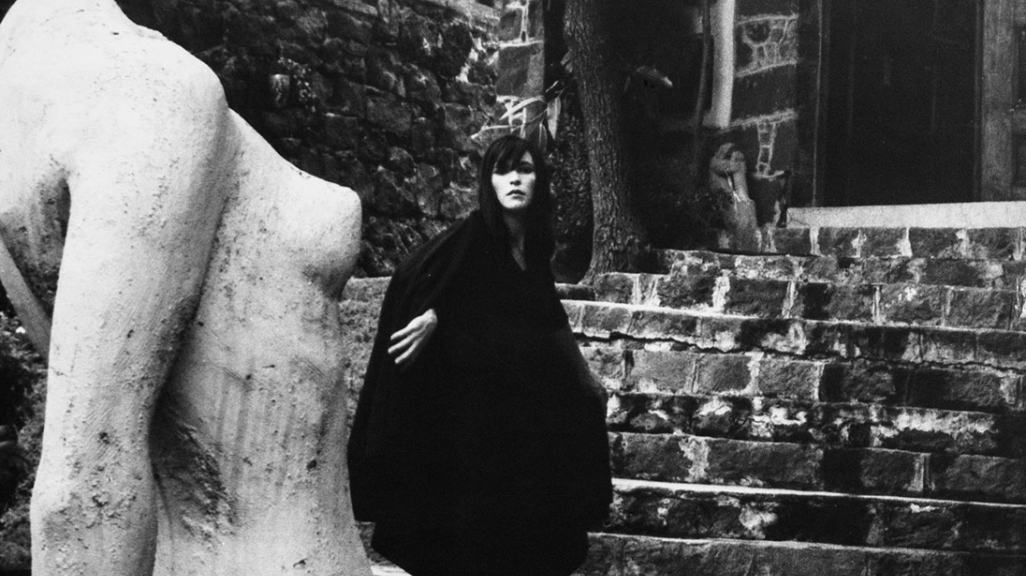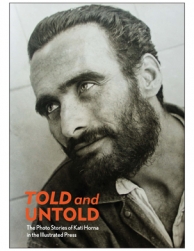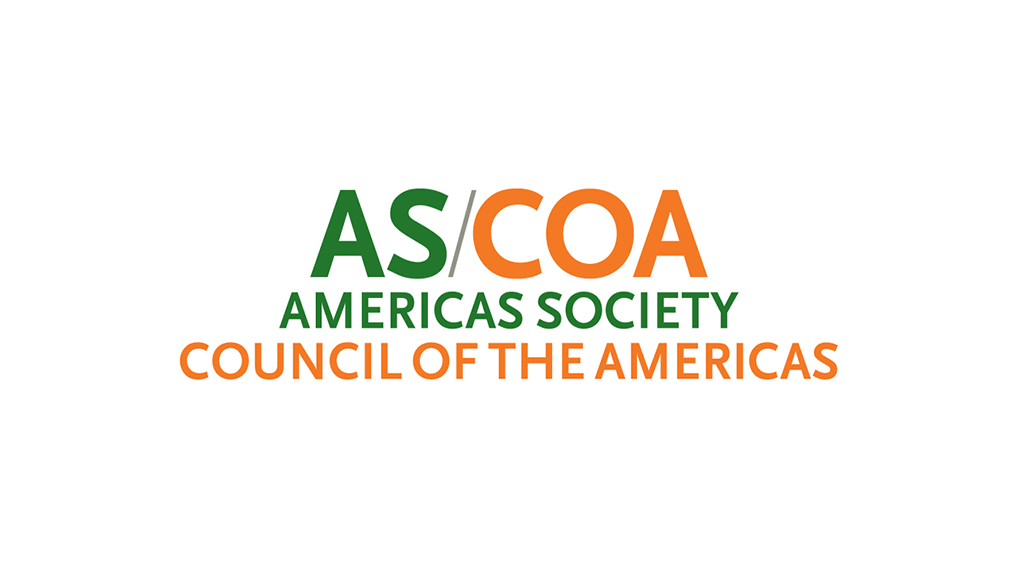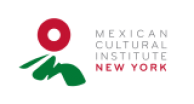Told and Untold: The Photo Stories of Kati Horna in the Illustrated Press
On view:
through
Told and Untold: The Photo Stories of Kati Horna in the Illustrated Press
For several decades Kati Horna (née Katalin Deutsch, Budapest, 1912–Mexico City, 2000) photographed a cross-section of Mexico’s cultural life. As the first solo show dedicated to the photographer in the United States, Told and Untold will feature Horna’s photographs displayed alongside the newspapers and magazines that put them in circulation. Through the display of photographs, contact sheets, montage cuttings, periodicals, and personal albums of her work, the show will give viewers the chance to understand Horna as a female artist who thrived in collaborative environments—or, as she preferred to call herself, una obrera del arte (an art worker).
Horna’s practice was rooted in her upbringing in Budapest and her studies in Berlin, where she lived in the early 1930s to pursue a radical political education. As a member of a small group of activists close to the German theoretician Karl Korsch and the dramatist Bertolt Brecht, Horna became interested in fields such as psychoanalysis and anarchism. She became a photographer in the midst of photojournalism’s expansion as a phenomenon of mass culture, and was able to seize the opportunities for professional, aesthetic, and political engagement offered by the European illustrated press of the interwar period.
Shortly after the outbreak of the Spanish Civil War in 1936, she made her way to Barcelona where she worked in the production of a wide range of propaganda materials supporting the Anarchists’ complex position in the conflict. Horna’s photographs appeared in numerous brochures, newspapers, and magazines that denounced the war while promoting an anarchist social revolution. Benefiting from recent archival research, the show challenges previous characterizations of Horna as a passive bystander during the war—presenting instead how the circumstances of her active engagement bore heavily on her subsequent practice in exile.
In 1939, following the war’s end, Horna and her husband—the Spanish artist José Horna—settled in Mexico City, where she soon began collaborating with the country’s illustrated press. Registering the city’s rapid transformation and vibrant cultural life in the mid twentieth century, Horna’s series and photo essays appeared on the pages of magazines such as Nosotros, Arquitectura México, and Mujeres: Expresión Femenina. In Mexico, she was active in several artistic and intellectual circles. This included her friendships with Leonora Carrington and Remedios Varo, as well as her association with Mathias Goeritz, a lesser-known connection that proved one of the most fruitful partnerships of her career. In the 1960s, Horna went on to produce a remarkable body of deeply personal work, some of it as fantastic photo stories for magazines such as S.nob. Pondering on issues of gender, transience, and desire, these stories testify to Horna’s creative flourishing as a maturing artist in exile.
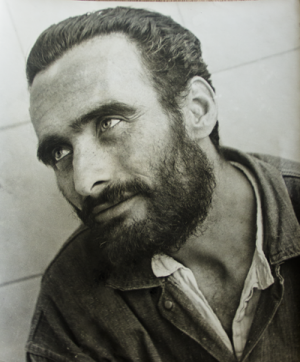 |
Shortly after the outbreak of the Spanish Civil War in 1936, she made her way to Barcelona where she worked in the production of a wide range of propaganda materials supporting the Anarchists’ complex position in the conflict. Horna’s photographs appeared in numerous brochures, newspapers, and magazines that denounced the war while promoting an anarchist social revolution. Benefiting from recent archival research, the show challenges previous characterizations of Horna as a passive bystander during the war—presenting instead how the circumstances of her active engagement bore heavily on her subsequent practice in exile.
In 1939, following the war’s end, Horna and her husband—the Spanish artist José Horna—settled in Mexico City, where she soon began collaborating with the country’s illustrated press. Registering the city’s rapid transformation and vibrant cultural life in the mid twentieth century, Horna’s series and photo essays appeared on the pages of magazines such as Nosotros, Arquitectura México, and Mujeres: Expresión Femenina. In Mexico, she was active in several artistic and intellectual circles. This included her friendships with Leonora Carrington and Remedios Varo, as well as her association with Mathias Goeritz, a lesser-known connection that proved one of the most fruitful partnerships of her career. In the 1960s, Horna went on to produce a remarkable body of deeply personal work, some of it as fantastic photo stories for magazines such as S.nob. Pondering on issues of gender, transience, and desire, these stories testify to Horna’s creative flourishing as a maturing artist in exile.
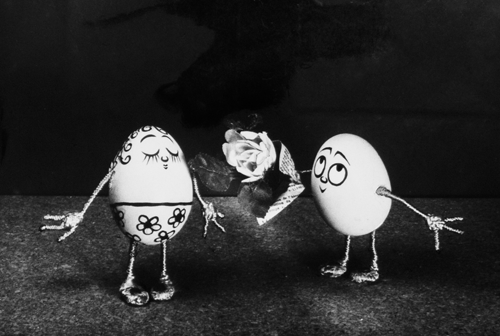 |
Follow the discussion on Twitter: #ToldUntold | @ASCOA
Images:
Kati Horna, El Iluminado, 1944; gelatin silver prints. Private collection, Mexico City. © 2005 Ana María Norah Horna y Fernández.
Kati Horna, A Marriage for Eggs, c. 1936; gelatin silver print. Private collection, Mexico City. © 2005 Ana María Norah Horna y Fernández.
The catalogue Told and Untold: The Photo Stories of Kati Horna in the Illustrated Press is an "unpretentious, yet exacting approach to [Horna's] considerable legacy", published in concert with an exhibition at Americas Society.
In an interview for Whitehot Magazine, the curators spoke about their motivation behind shining the spotlight on Kati Horna's talents in Told and Untold at Americas Society.
Nueva York acoge por primera vez una retrospectiva de la artista Kati Horna, presentada en Americas Society, desde sus años en Europa hasta su exilio en México.
Told and Untold at the Americas Society is a well-edited five decade survey of Kati Horna's work from Spanish Civil War photojournalism to emotional surrealism.
An exhibition at Americas Society spotlights Kati Horna, who believed that the circulation of images, rather than the standalone photograph, could bring about social change.
Told and Untold at Americas Society showcases Kati Horna’s photographic works during the Spanish Civil War and as an exiled in Mexico, where she lived for 60 years.
Told and Untold: The Photo Stories of Kati Horna in the Illustrated Press is presented by Americas Society in collaboration with Archivo Privado de Fotografía y Gráfica Kati y José Horna, S.C.
The exhibition is made possible by the generous support of PHILLIPS, lead sponsor of Americas Society’s Visual Arts Program, and by public funds from the New York City Department of Cultural Affairs, in partnership with the City Council.
Additional support is provided by Genomma Lab Internacional, Mex-Am Cultural Foundation, the Smart Family Foundation, the Consulate General of Spain in New York, the David Berg Foundation,
as well as AMEXCID, the Consulate General of Mexico in New York, the Mexican Cultural Institute of New York, and Aeromexico.








